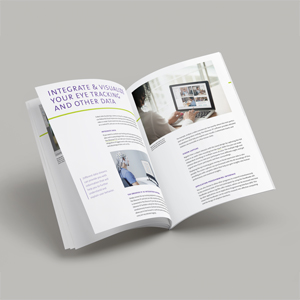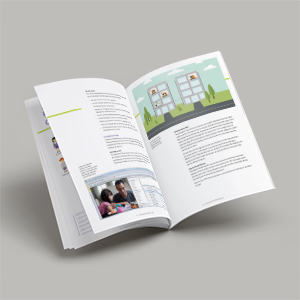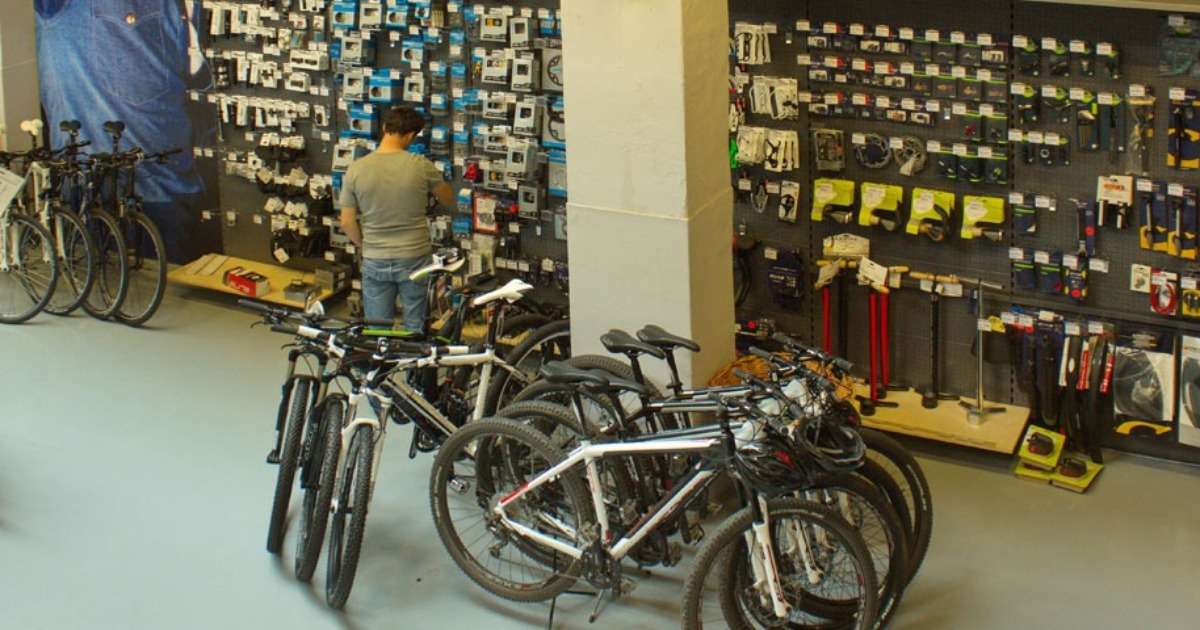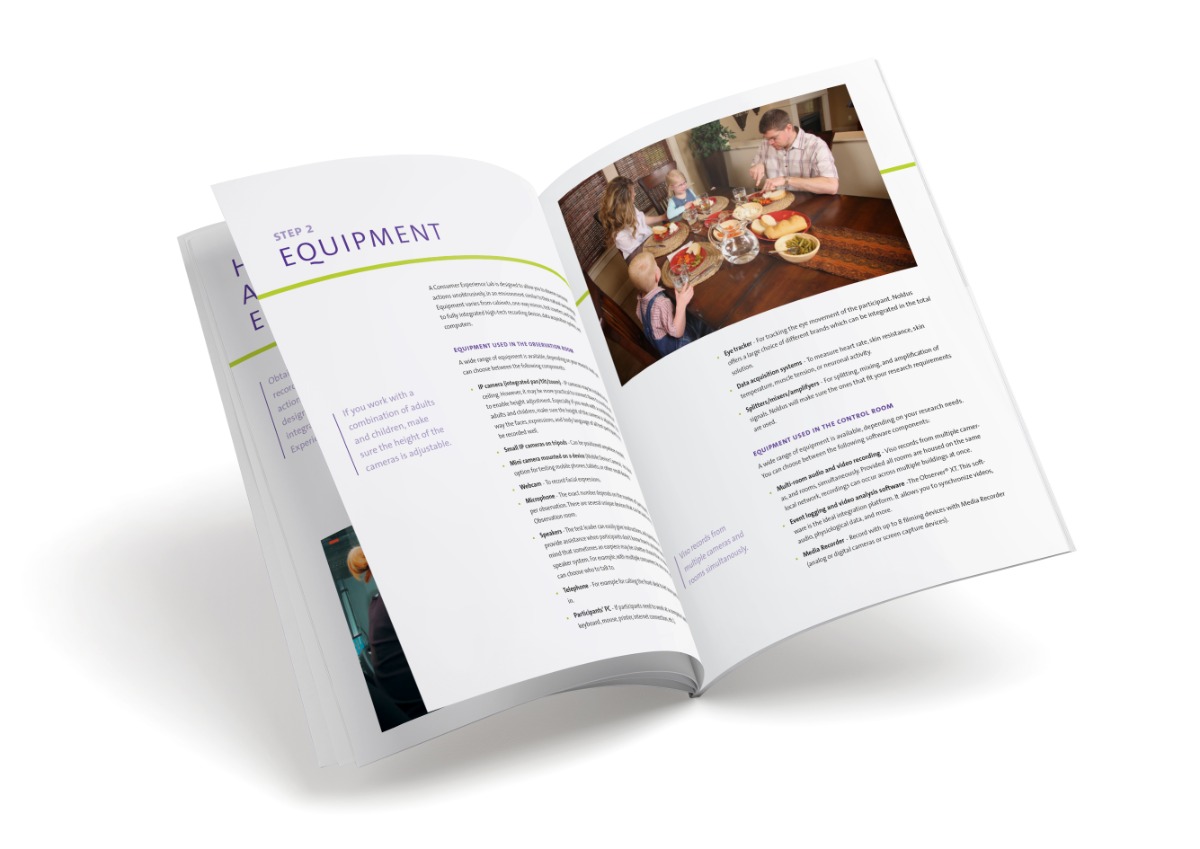
How to measure consumer behavior
Measuring consumer behavior enables you to really know your customers and get key insights into consumer preferences and buying behavior. There are several ways how consumer behavior can be measured. We highlight four of these ways for you in this blog post.
How to measure consumer behavior
- Measure eating behaviors and consumers liked and dislikes with facial expressions
- Measuring shopping behavior
- Testing consumer behavior in a natural environment
- Neuromarketing research
Measure eating behaviors and consumers likes and dislikes with facial expressions
One way to measure consumer behavior is to record facial expressions of participants, and examine their food preferences.
Food scientist Prof. Susan Duncan from Virginia Tech focuses on sensory evaluation, the way people interact with food and the way their senses capture this reaction. She uses FaceReader to record facial expressions, as they demonstrate how we react to a particular food.
If something smells disgusting, if a weird color makes us feel anxious, or if we like the taste of something: our face can tell, without us being aware of it.
This type of research provides insights in the relationship between emotions, consumer acceptability, and purchase intent, and gives guidance towards food and packaging innovation.

Measuring shopping behavior
A spectacles camera, head mounted eye tracker or eye tracking glasses can be used as exploration instruments in a shopping mall. Researchers, and marketers, want to observe how shoppers move through malls and the displays they look at in retail stores.
An eye tracker allows your test participant to move and look around freely, while the researcher gets to see where the test participant is looking at, or is not looking at. This allows you to better understand consumer buying behavior.

Another way to measure consumer behavior is by studying the route customers are taking when visiting a store or a supermarket. A specific question supermarket Jan Linders had: ‘Do customers predominantly walk the same (common) route and is it possible to change this most commonly followed route by changing the layout of the supermarket and/or the placement of certain products?’
By using TrackLab, our consultants tracked the movements of customers while they were wearing an ultra-wideband tag on their coat. Based on the outcomes of this research, the supermarket implemented some changes and influenced the products their consumers buy.
Testing consumer behavior in a natural environment
The environment of your test participant has a great influence on the results of experiments. As the traditional example goes: the wine you drink at the French vineyard tastes better than the same wine you drink when you’re back home.
So how can you manipulate the influence of the environment in a sterile laboratory, and simulate a home or restaurant environment? By creating a dedicated experience room!
A simulated environment, with video projected on the walls and background sounds, can change the context of how much we enjoy food.

You can even create a complete test kitchen, as researchers from Université Paris-Saclay in France did. They concluded that participants behaved quite spontaneously, although they were aware of cameras in the lab. Their paper describes the approach of filming consumers in a controlled yet naturalistic environment.
Read more: How to build a consumer behavior research lab?
Neuromarketing research
Get your face read, your brain measured, and your heart rate checked: Neuromarketing lets you dive deeper into the unconscious preferences of consumers and their decision-making processes.
In the field of neuromarketing several different technologies are used to measure changes in activity in parts of the brain, outward expressions such as facial expressions, and changes in one's physiological state.
All techniques are aimed at learning more about why consumers make the decisions the way they do, and if a part of the brain is telling them to make these decisions. The better we know how the brain functions, the better we know how to influence decision making processes.

Would you like to learn more about measuring consumer behavior?
Find more information about tools for research on consumer behavior research or download the free paper 'How to build a consumer lab' which contains practical tips, equipments lists, and much more.
Get the latest blog posts delivered to your inbox - every 15th of the month
more

Four ways to study visitor behavior
Museums, zoos, theme parks, and aquariums all observe the behavior of their visitors in order to find the best ways to entertain and educate.
Neuromarketing: hope or hype?
The application of neuroscience methods to marketing – neuromarketing research – is growing in popularity. Can neuroscience be the holy grail of the study of consumer behavior?

